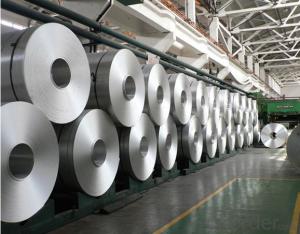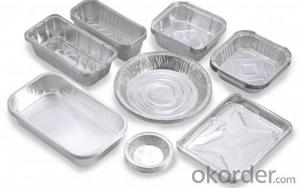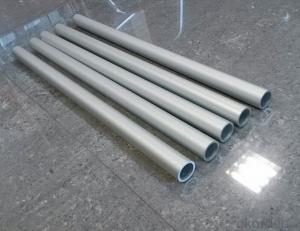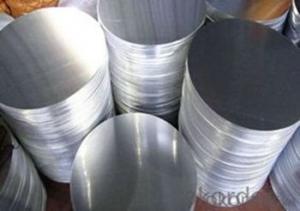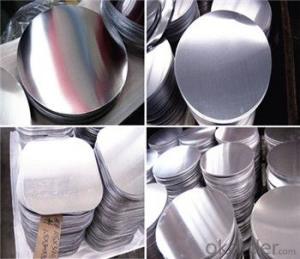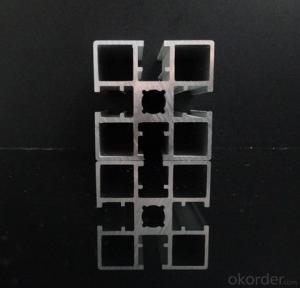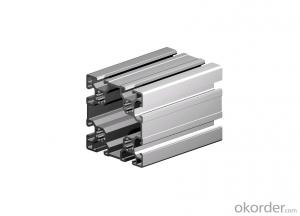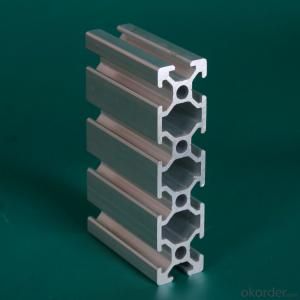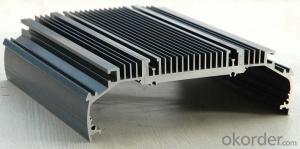Extruded Aluminum Stock
Extruded Aluminum Stock Related Searches
Led Light Bulbs For Ceiling Fixtures Led Lamps For Ceiling 42 In Ceiling Fan With Light Aluminum Coil Stock For Gutters Aluminum Foil For The Grill Hole Saw For Aluminum Plate Aluminum Tread Plate For Trailer Bow Plate For Aluminum Boat Aluminum Foil For Grow Room Aluminum Foil For Joint PainHot Searches
Stock Price For Aluminum Aluminum Coil Stock For Sale Aluminum Gutter Coil For Sale Used Aluminum Scaffolding For Sale 1/4 Aluminum Plate For Sale Aluminum Bar Stock For Sale Aluminum Round Stock For Sale Aluminum Diamond Plate For Sale Aluminum Scaffolding For Sale Craigslist 6061 Aluminum Plate For Sale Aluminum Dock Plate For Sale 7075 Aluminum Plate For Sale Aluminum Tread Plate For Sale Aluminum Checker Plate For Sale Aluminum Plate For Sale Near Me Plate Aluminum For Sale Aluminum Plate For Sale Aluminum Square Stock For Sale Aluminum Flat Stock For Sale Billet Aluminum Stock For SaleExtruded Aluminum Stock Supplier & Manufacturer from China
Okorder.com is a professional Extruded Aluminum Stock supplier & manufacturer, offers integrated one-stop services including real-time quoting and online cargo tracking. We are funded by CNBM Group, a Fortune 500 enterprise and the largest Extruded Aluminum Stock firm in China.Hot Products
FAQ
- Aluminum profiles contribute to sustainable building practices in several ways. Firstly, aluminum is a highly recyclable material, meaning that it can be reused and repurposed without losing its quality. This reduces the need for extracting and manufacturing new aluminum, reducing the overall environmental impact. Secondly, aluminum profiles are lightweight yet strong, allowing for efficient and cost-effective construction. This results in reduced energy consumption during transportation and installation. Additionally, aluminum is corrosion-resistant, ensuring durability and longevity of buildings, reducing the need for frequent replacements. Lastly, aluminum profiles can be designed to be thermally efficient, enhancing insulation and reducing energy consumption for heating and cooling. Overall, aluminum profiles promote sustainability by minimizing waste, conserving energy, and improving the lifespan of buildings.
- There are several cutting methods for aluminum profiles, including sawing, shearing, milling, and laser cutting. Sawing is commonly used for straight cuts and can be done manually or with a powered saw. Shearing involves using sharp blades to cut through the aluminum, typically for thin profiles. Milling involves using a rotating cutter to remove material and create complex shapes. Laser cutting uses a high-powered laser beam to melt or vaporize the aluminum, offering precise and clean cuts. The choice of cutting method depends on the desired shape, thickness, and accuracy required for the aluminum profiles.
- How to process the wood grain transfer of aluminum profile? Thank you
- Popular talk is to transfer grain, electrostatic powder coating on metal material, vacuum equipment through the wood grain transfer on the coating material in high temperature, pay pressure, ink sublimation transfer printing or transfer film on the penetration into a conversion process in the coating. Now there are very good equipment in China ~!
- Aluminum profiles can be insulated in several ways to enhance their thermal performance. One common method is to incorporate a thermal break within the profile design. This involves the insertion of a non-conductive material, such as polyamide or polyurethane, between the inner and outer parts of the profile. This thermal break helps to minimize heat transfer between the interior and exterior of a building, thus improving energy efficiency. Another approach to insulating aluminum profiles is through the application of insulating materials, such as foam or rubber, on the interior or exterior surfaces of the profile. These materials act as barriers to reduce heat transfer and provide additional insulation. Furthermore, aluminum profiles can also be fitted with insulating gaskets or seals. These gaskets are typically made of rubber or other insulating materials and are positioned between the profile and the glazing, creating a thermal barrier and preventing heat loss or gain. Overall, the insulation of aluminum profiles involves incorporating thermal breaks, applying insulating materials, or using gaskets to minimize heat transfer and improve the energy efficiency of buildings.
- Who can tell me the latest national standard for aluminum and the latest edition, -2008?
- Standard status: not implementedEnglish Title: Wrought, aluminium, alloy, extruded, profiles, for, architecture - Part,, 2:Anodized, profilesAlternatives: instead of GB 5237.2-2004Date of implementation: 2009-9-1Promulgated by: China Nonferrous Metals Industry AssociationBrief introduction: this part provides the anodized aluminum alloy building material requirements, test method, inspection rules and signs, packaging, transportation, storage and contract (or order). This part applies to the surface by anodic oxidation and electrolytic coloring or organic coloring, building profiles with Aluminum Alloy (hereinafter referred to as the heat section). Use and surface treatment of other Aluminum Alloy material may also refer to the same.
- There are several different alloys available for aluminum profiles, including 6061, 6063, and 6082. These alloys vary in their composition and properties, allowing for different levels of strength, corrosion resistance, and machinability. Each alloy has its own unique characteristics, making them suitable for various applications and industries.
- Yes, aluminum profiles can be used in curtain wall systems. Curtain wall systems are typically made of lightweight materials that provide structural support while allowing maximum natural light into a building. Aluminum is a popular choice for curtain wall systems due to its strength, durability, and versatility. It offers excellent resistance to corrosion, making it suitable for outdoor applications. Additionally, aluminum profiles can be easily fabricated into various shapes and sizes, allowing for flexibility in design and assembly. The lightweight nature of aluminum also makes installation easier and more cost-effective. Overall, aluminum profiles provide an ideal solution for curtain wall systems, delivering both aesthetic appeal and functional performance.
- Yes, aluminum profiles can be used for electrical cabinets. Aluminum is a lightweight and durable material that offers excellent corrosion resistance and electrical conductivity, making it suitable for use in electrical cabinets. Additionally, aluminum profiles can be easily customized and fabricated to meet specific design and functional requirements of electrical cabinets.






























